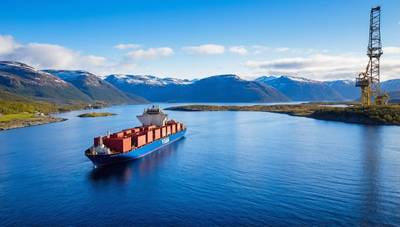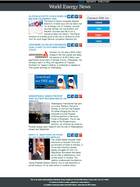Norway's Yara trounces profit estimates despite rising gas costs, tariff concerns
Yara's shares rose 4.7% early in the morning trade after it reported a first-quarter core profit that was well above expectations. This was due to higher volumes and better margins.
The company highlighted its ongoing cost reductions, as well as portfolio optimization. It said that this would allow it to continue growing in a nitrogen market which is becoming increasingly tight.
Yara has said that natural gas, a vital ingredient in fertiliser, will cost the company $140 million during the second quarter. This is higher than the costs in the same period last year.
The cost of gas makes up a large part of the raw materials costs, as it is necessary to use a lot of natural gases in order to make fertilisers.
The tariffs imposed by President Donald Trump and the competition of local manufacturers also make it difficult for European producers to sell fertilisers to U.S. buyers.
"Disruptions in trade patterns are never good, but we can manoeuvre." Svein Holsether, CEO of Yara, said that the ammonia issue is not a problem for them in the U.S. Yara only supplies 5% of its fertilizer to the United States.
Holsether said Yara also leveraged its ammonia factory in Texas to feed its global operations amid increasing trade tensions.
Yara is committed to the U.S. Market, despite its small sales share. It focuses on specialised fertilizers that can boost yields for key crops such as cotton and almonds.
Holsether said that the large gap between energy costs in Europe and other regions, such as the U.S. and Russia, remains a challenge for Yara. The war in Ukraine has exposed Europe's vulnerability, and put further pressure on its competitiveness.
Yara, which posted its lowest annual profit in over a decade after posting its worst quarterly loss in 2024 due to currency exchange losses, entered the new fiscal year by focusing on cost reductions in order to protect margins.
In the first quarter of this year, it posted a net profit of $295 millions, up from only $16 million just a year earlier.
Analysts had expected $500 million in operating earnings before depreciation, amortisation and one-off items. However, the actual figure was $566 million. (Reporting from Gdansk by Jesus Calero, editing by Milla Nissi)
(source: Reuters)

